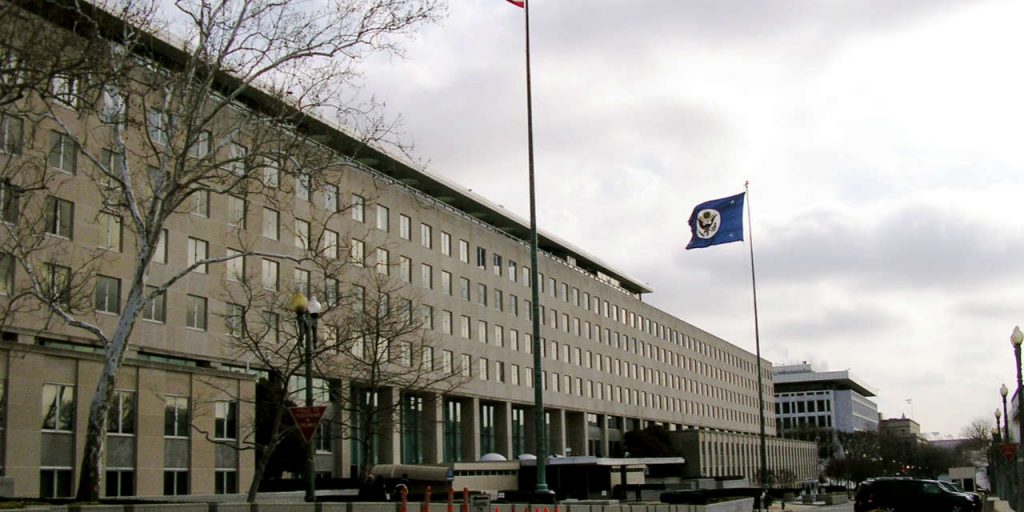The United States government on Thursday reportedly expressed its support for the resumption of the aerial fumigation of coca, the base ingredient for cocaine, in Colombia.
According to Spanish news agency EFE, a spokesperson of the US Department of State said that “the United States believes that all tools must be used to “reverse the sharp increase in cocaine production.”
Some things you should know about Colombia’s cocaine trade
The government of the US, the world’s largest cocaine consumption market, is Colombia’s main financial sponsor to counter the coca cultivation, cocaine production and drug trafficking.
The decision to resume aerial fumigation using drones was a “sovereign decision” of the Colombian government, the spokesperson reportedly said.
US “drug czar” Jim Carroll said Monday that Colombia’s record cocaine production was “unacceptable”
Colombia’s out-of-control cocaine production ‘unacceptable’: US
Fumigation using aircraft was banned in 2015 because of the environmental damage and health concerns for farmers living in coca-growing areas.
The production of cocaine has been going up since 2013, according to the United Nations on Drugs and Crime, which monitors coca cultivation and drug trafficking.
Coca cultivation in Colombia
Last year, the area used for coca cultivation reach an all-time record; 188,000 hectares according to the UN and 209,000 hectares according to the US.
Global cocaine consumption levels also hit record levels last year, the UNODC said in the 2018 World Drug Report that came out earlier this week.
Coca naturally grows in the Andean region. Its leaves are traditionally chewed by indigenous peoples, particularly in areas that are located higher up the Andes mountain range.
The drug became highly popular in the United States and Europe in the 1970s and became a top counter-narcotics priority on both sides of the Atlantic in the 1980s.
The UNODC has rejected the repressive methods preferred by the US and has claimed on several occasion that the only way to effectively reduce coca production is through development.


